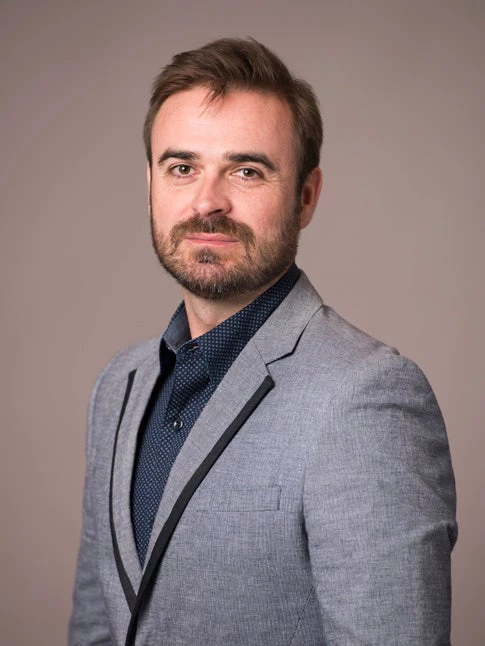
According to the International Energy Agency (IEA), full implementation of countries’ submitted pledges for low-carbon development will require USD 13.5 trillion in investments in energy efficiency and low-carbon technologies from 2015 to 2030. That’s almost USD 1 trillion every year. This means all hands need to be on the deck if the global community is to address one of the biggest development challenges of our times.
The Climate Investment Funds, was established in 2008 as a dedicated funding mechanism to support climate related activities at scale. It capitalizes on the resources, experience and expertise of the six multilateral development banks (ADB, AFDB, EBRD, IDB, IFC and WB). It includes the Clean Technology Fund (CTF, USD 5.3 billion) and the Program for Scaling-Up Renewable Energy in Low Income Countries (SREP, USD 796 million).
While CTF focuses on renewable energy, energy efficiency and sustainable transport, SREP supports scaled up deployment of renewable energy to improve access to energy and economic opportunities. Together, the two funds have provided concessional financing in terms of either long terms, low rates or grants, in order to address key barriers to support uptake and scale-up of low-carbon technologies in middle and low income countries around the world.
Projects worth over USD 4 billion are at different stages of implementation and, in the process, are expected to mobilize close to USD 40 billion in co-financing from various sources including the private sector, public sector and other bilateral players. These are also expected to result in emission reductions of around 50 million tons of CO2-equivalent annually, the equivalent emissions of more than 9 million cars.
Under CTF, renewable energy projects with installed capacity of over 15 GW, equivalent to the installed capacity of Colombia, are currently under implementation using not just more mature technologies such as wind, solar or small hydro but also higher risk technologies such as concentrated solar power (CSP) and geothermal. Such interventions have resulted in a number of first-of-its-kind projects in middle-income countries.
For example, in Morocco, the world’s largest CSP plant, the 500 MW Noor-Ouarzazate will shortly be officially opened and is expected to supply power to 1.1 million Moroccans by 2018. And the first CSP projects in sub-Saharan Africa, the 100 MW KaXu CSP now generates enough renewable energy to power 80,000 South African households and mitigate an estimated quarter of a million tons of CO2 emissions each year. Also in South Africa, ESKOM’s100 MW Sere Wind Farm is one of the first private sector renewable energy projects in South Africa.
Meanwhile, SREP, with a portfolio of projects in an earlier stage development, will lead to the construction of 1.2 GW of new renewable capacity. With SREP support, geothermal potential in East Africa Rift Valley can be scaled-up in countries as Kenya, Ethiopia, Tanzania and Uganda. The objective is to remove investment barriers, such as exploration and drilling, along with technical assistance to improve the regulatory framework, to establish a strong basis for private sector participation.
Energy efficiency projects currently under implementation are expected to result in over 8,850 GWh in energy savings annually. Initiatives such as the ECOCASA Energy Efficiency Program in Mexico or the Commercializing Sustainable Energy Financing (CSEF) Program in Turkey have helped ramp up investments and create opportunities in sectors where none existed before.
For example, through ECOCASA, there was an increase in the levels of financing available for low-carbon housing in Mexico where there were previously no financial mechanisms to promote low-carbon housing. Similarly, CSEF resulted in an increase in energy efficiency lending, a sector previously unserved, by leading financial institutions in Turkey with a focus on small and medium-sized enterprises. Both these initiatives not only expanded the energy efficiency portfolio of the entities involved but also resulted in energy and cost savings as a result.
With a primary objective to expand energy access to the poor people in the developing world, SREP investments will increase new or improved access to close to 15 million people. In Liberia, for example, a country with an electricity access rate of merely 1.6 percent, the SREP program aims to benefit 9 percent of the entire population.
SREP’s approach to increasing access to clean energy and increased supply of renewable energy has been country-driven, supporting both grid-connected renewable energy and off-grid/mini-grid interventions. Its off-grid/mini-grid projects have focused largely on addressing energy needs in rural and remote areas with no power infrastructure, where small-scale, distributed renewable energy technology is more appropriate. For example, SREP have allocated more than $140 million to mini-grid projects identified through country investment plans endorsed, which will co-finance projects in 13 countries.
Tried and tested models, such as the CTF and SREP, have the experience and other necessary ingredients to support the required ramp-up needed to meet the trillion dollar target. It is critical that the global community maintains the momentum and scales up financing required to support low-carbon technologies globally.



Join the Conversation